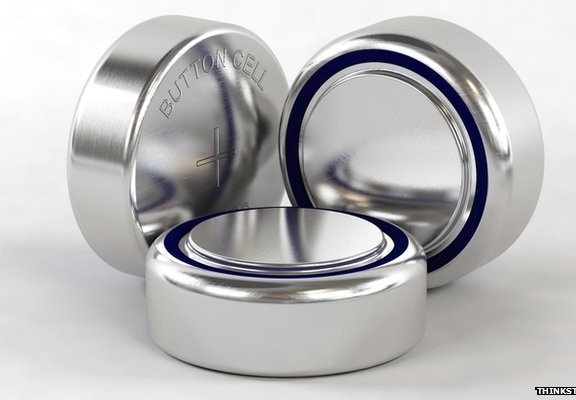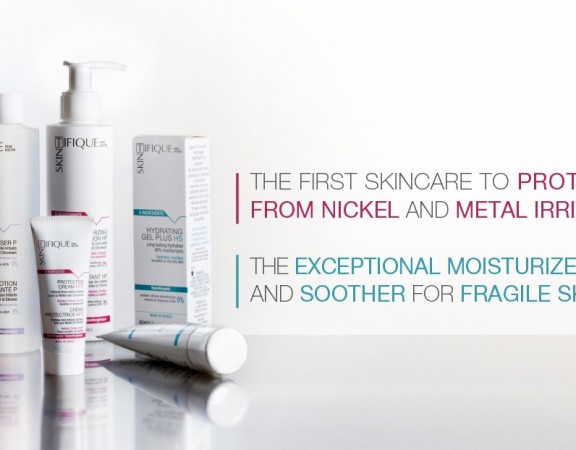A new cream to prevent skin exposure and reactions to nickel and other metals
A new cream to prevent skin exposure and reactions to nickel and other metals
- DateAugust 13, 2014
Source: CNN
Have you ever gotten an itchy rash after touching something that’s normally harmless? That’s a key sign of contact dermatitis, a skin condition involving inflammation as a result of coming into contact with a particular substance. One of the most common irritants is nickel.
Now there may be a solution, and it involves particles smaller than the width of human hairs. In a study published recently in the journal Nature Nanotechnology, Harvard researchers demonstrate that a cream containing nanoparticles of calcium carbonate may be able to protect a nickel-allergic person from having reactions to the metal.
About 10 to 15% of people in the United States have a nickel allergy, but many don’t know it. Available creams don’t work very well, and the ones that do penetrate the skin and cause toxicity. Doctors can prescribe corticosteroids to treat the reaction, but not prevent it altogether.
The condition is becoming a bigger problem, since nickel is everywhere – watches, cell phones and many other technologies, not to mention coins and tools, says Jeffrey Karp, co-author and nanotechnology expert at Harvard’s Brigham and Women’s Hospital. Contact dermatitis can be a hazard if your profession, such as a metal industry worker or a hairdresser, involves touching those objects.
Karp and colleagues have developed a cream that acts as a barrier to nickel particles. They did experiments in the presence of artificial sweat – yes, you can buy artificial sweat! – on pig skin, and then in mice. Sweat can accelerate the allergic reaction in humans, so this made the simulation more real. Their work also showed that you could also coat pure nickel with this nanoparticle substance to capture the nickel ions before they hit the skin.
Calcium carbonate isn’t new; it’s in toothpaste, antacids, and a variety of other products, but the particles are larger in those cases. Particles with a diameter of under 20 nanometers can penetrate the skin, but the calcium carbonate particles in this experimental cream are between 70 to 500 nanometers, still smaller than a human hair. In this range, they can bind to nickel ions but not penetrate skin.
The researchers tested the cream on pig skin, which is similar to human skin, and on live mice. They found that calcium carbonate nanoparticles effectively chelate nickel, meaning the tiny particles bind with nickel ions and create a barrier. Otherwise, the nickel can get through the top layer of skin, which would cause a reaction in an allergic person.
“Once could make a pretty good assumption that this could have significant benefit as a barrier cream, the idea being that you could just rinse off with water the particles that the nickel bound,” Karp said.
It’s not yet known whether the nickel that binds the particles on the surface of the skin can induce a response, but it appeared that the nanoparticles prevented inflammatory response in mice who were sensitized.
Don’t rush out and look for it yet – this treatment needs to be shown to work in people, not just mice. The next step is a small trial in humans, Karp said.
Because the ingredients are already recognized as “safe agents,” Karp is confident that this cream will be safe. This might also allow it to be over-the-counter right away. It could be considered the same way as any hand cream available at your local drug store, which the U.S. Food and Drug Administration does not regulate. But if this treatment does prevent allergic reactions from nickel, it may need FDA approval to say so on a label.
Karp’s group isn’t at that stage yet, though – right now they’re speaking with companies that might want to license and develop it.
“Everything points to this being an effective solution, and we’re anxious to get this out there,” he said.
This project has successfully been translated into Skintifique.







